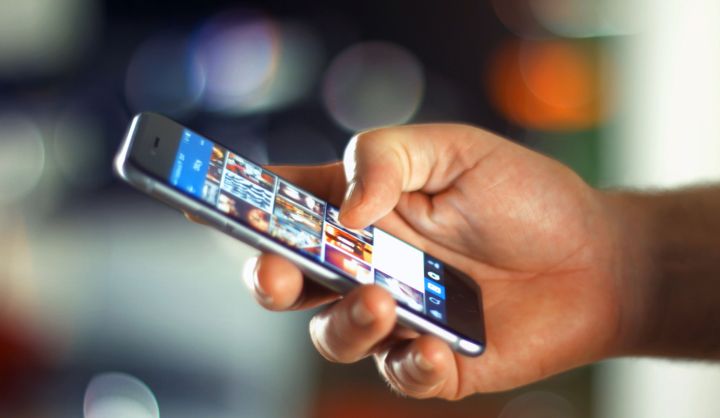
The “People” album that automatically curated from photos with faces is now called “People and Pets” because the program is now able to tell one dog (or cat) from another. Now along with tapping a face to see groups of photos with the same friend in them, users can tap a pet face to see all the photos of a furry friend. If you go in and type that pet’s name into that grouping, you’ll then be able to search for Fido from the search tool.
Along with recognizing pets, Google Photos also now can differentiate between a number of different breeds. If you want to find photos of a friend’s dog without digging through images of your own pup, typing in a breed name instead of simply dog helps generate more specific search results. The breed feature works with cats, too.
While Google Photos can easily tell your Labrador from your St. Bernard, the program will have likely have some trouble if you own two dogs from the same breed. Google said that incorrectly identified pets can be moved to the correct folder, which will help the program learn the difference over time.
The update also allows for pet-friendly searches using the dog or cat emoji.
Google says the new tool helps make tasks like creating a pet-focused photo book or album easier, as well as of course finding the best photo to plaster on social media on National Dog Day. Google Assistant’s option to create videos of pets, first rolled out in May, is also simplified by the new pet recognition tool.
Computer vision and machine learning are part of several recent Google Photos updates. Using machine learning to recognize the best photos, for example, allows the program to auto-generate albums and create videos from related still photos, or suggest photos to add to a manually created album. Last year, Google said the algorithms had created 2 trillion labels that help users search for specific photos — and that was before dog and cat breeds made their way into the search tool.
Editors' Recommendations
- I just spent $100 on Google Photos for a ridiculous reason
- Google One subscribers now have enhanced photo-editing tools on iPhones
- Google Photos: The best tips and tricks
- Artificial intelligence can now identify a bird just by looking at a photo
- Google Photos now lets you print and pick up photos at a local CVS and Walmart



